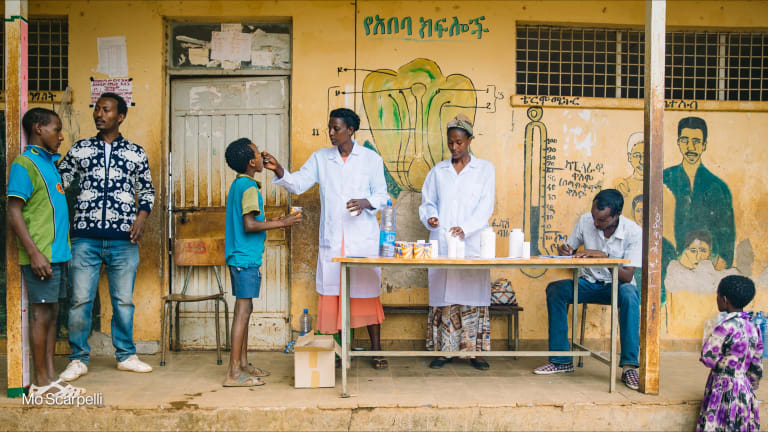World leaders are gathering at the United Nations this week, at the midway point of the 2030 Agenda for Sustainable Development, to evaluate stalled progress and talk about how to get us back on track. This means doing more of what has already been proven to work.
The numbers don’t look good.
The Sustainable Development Goals launched by the U.N. in 2015 set the ambitious target of eradicating extreme poverty, defined as living on less than $2.15 a day as goal No. 1. While there has been some improvement — in 2019, 8.5% of the world’s population lived in extreme poverty, down from 10.8% in 2015 — recent crises, including the COVID-19 pandemic, conflict, and escalating climate impacts, have pushed us backward.
Printing articles to share with others is a breach of our terms and conditions and copyright policy. Please use the sharing options on the left side of the article. Devex Pro members may share up to 10 articles per month using the Pro share tool ( ).









